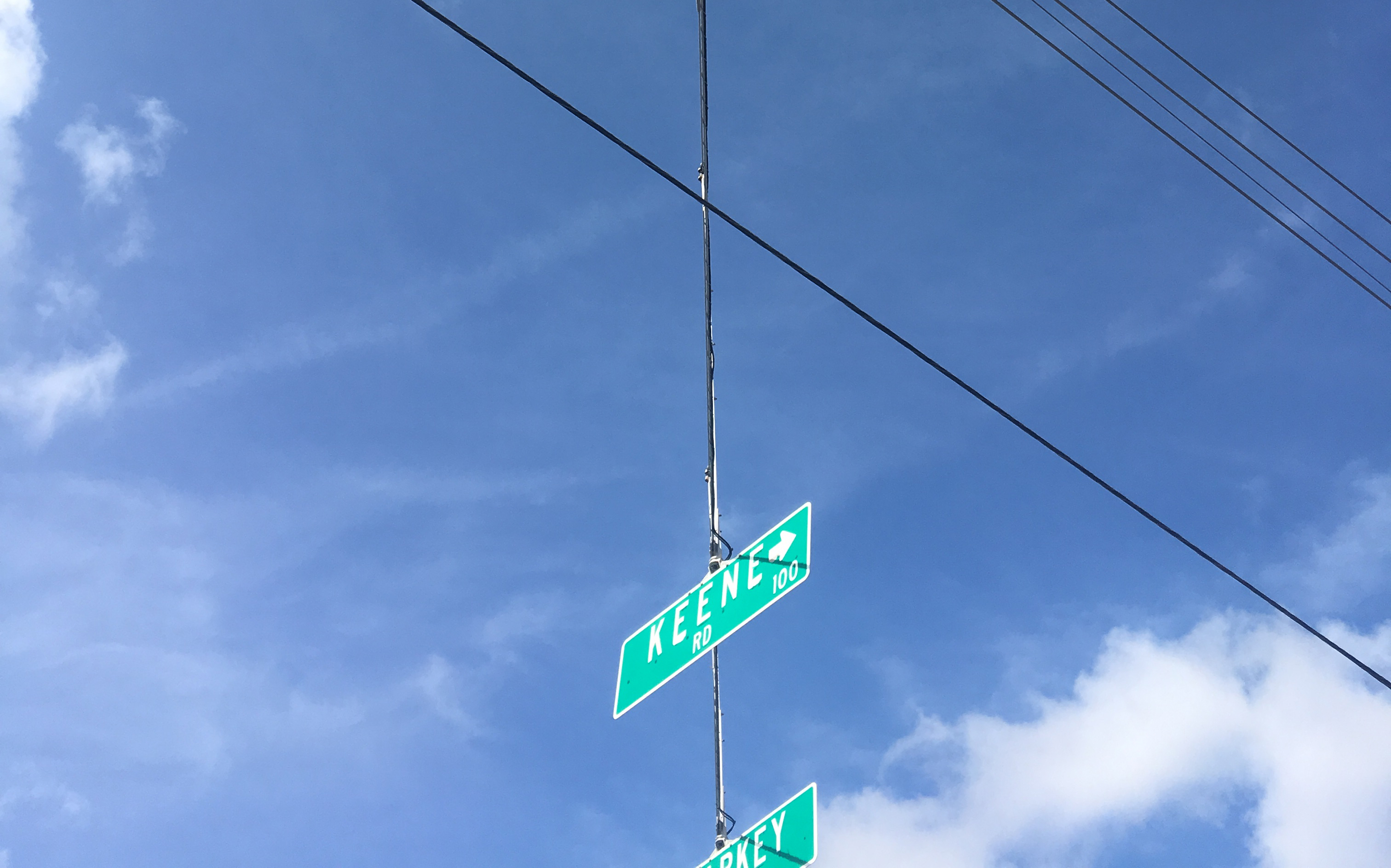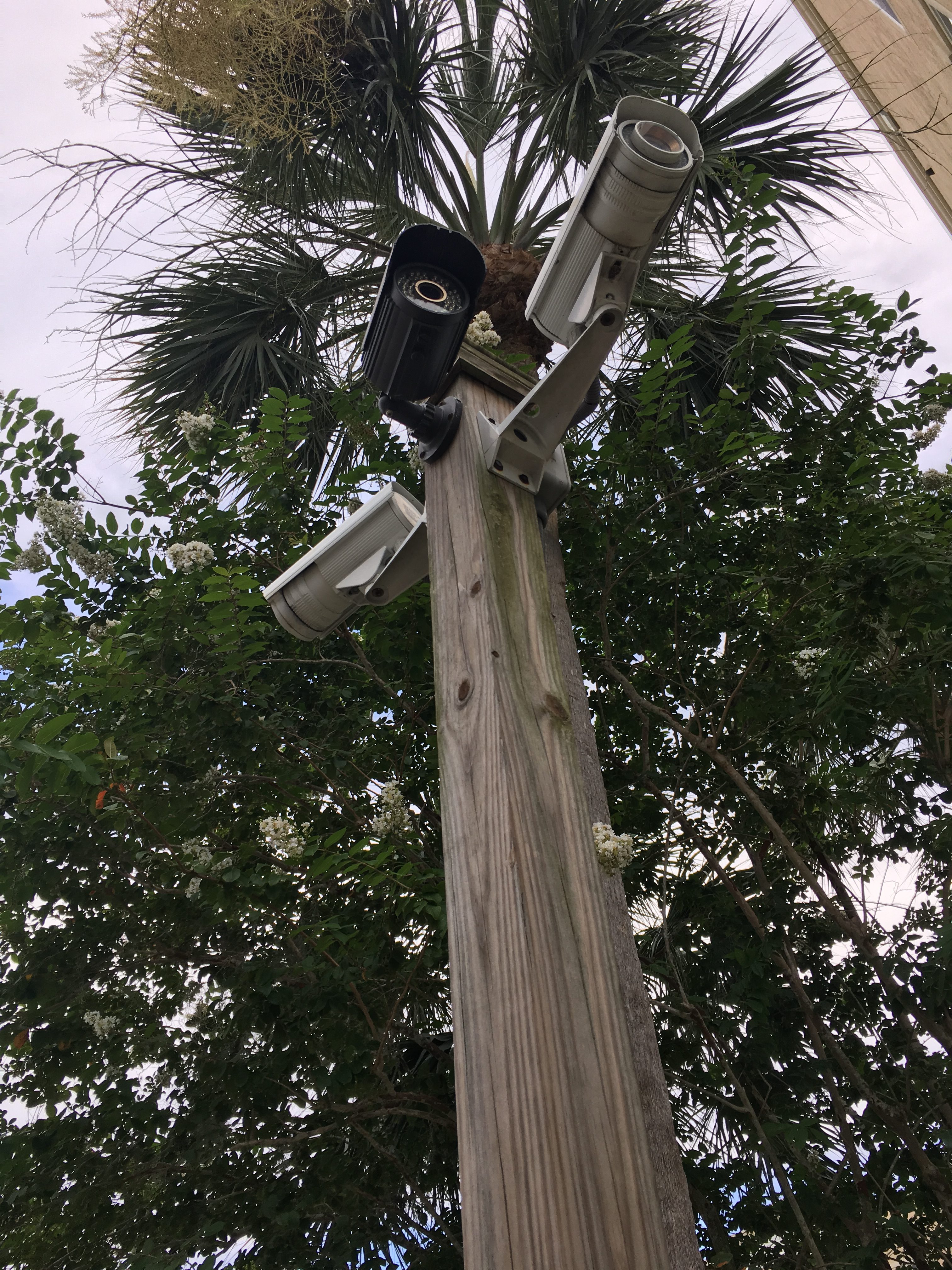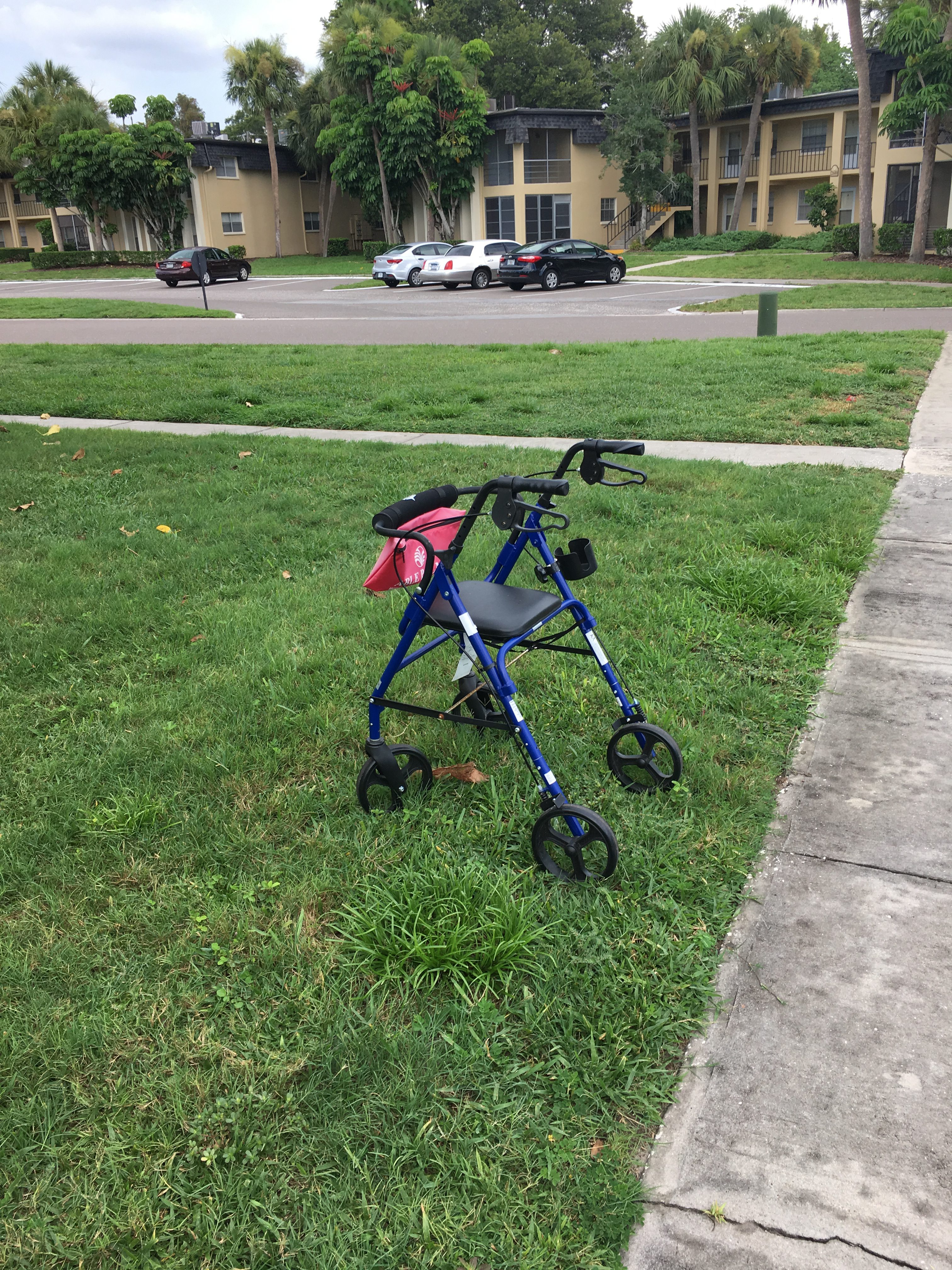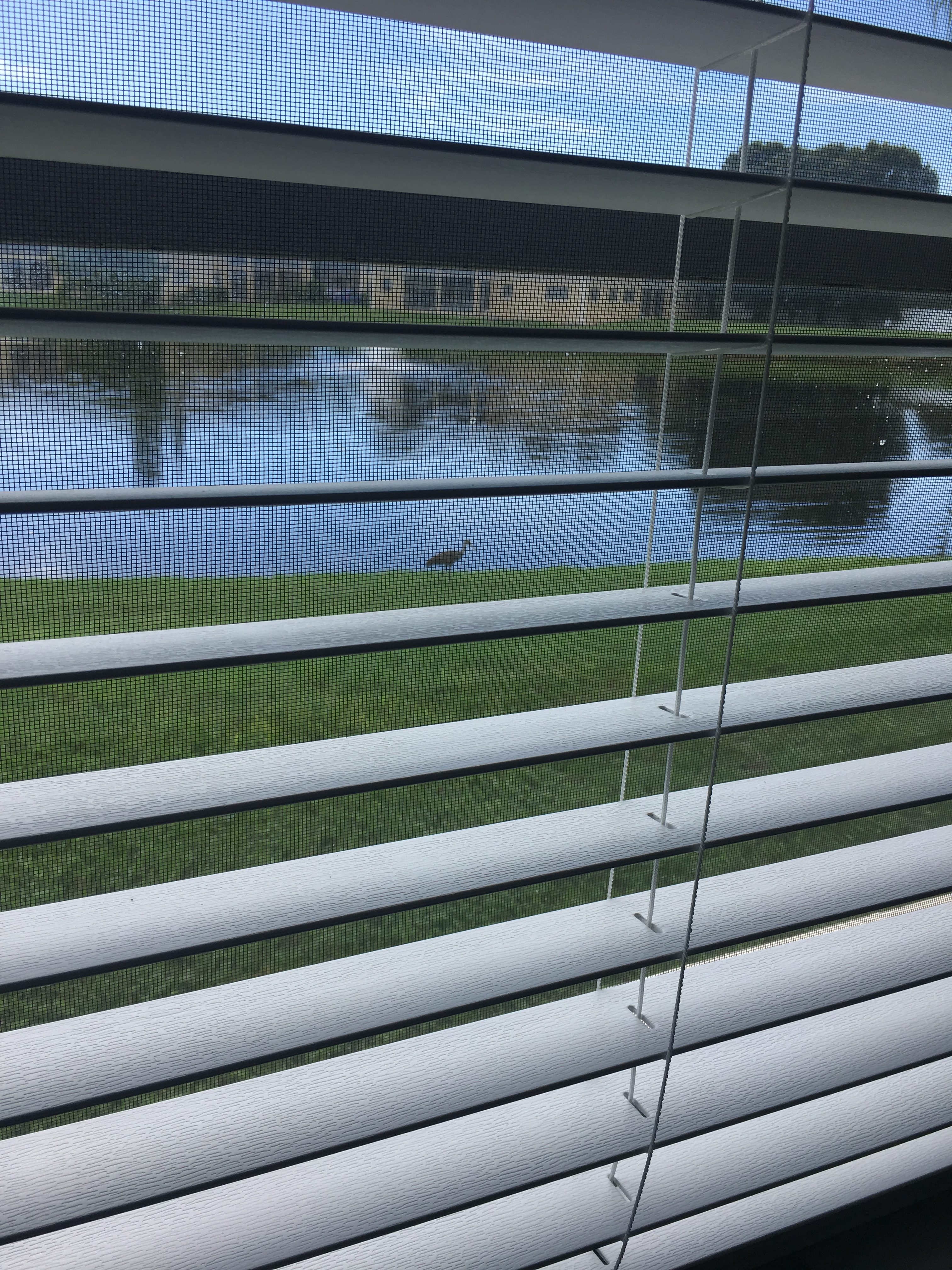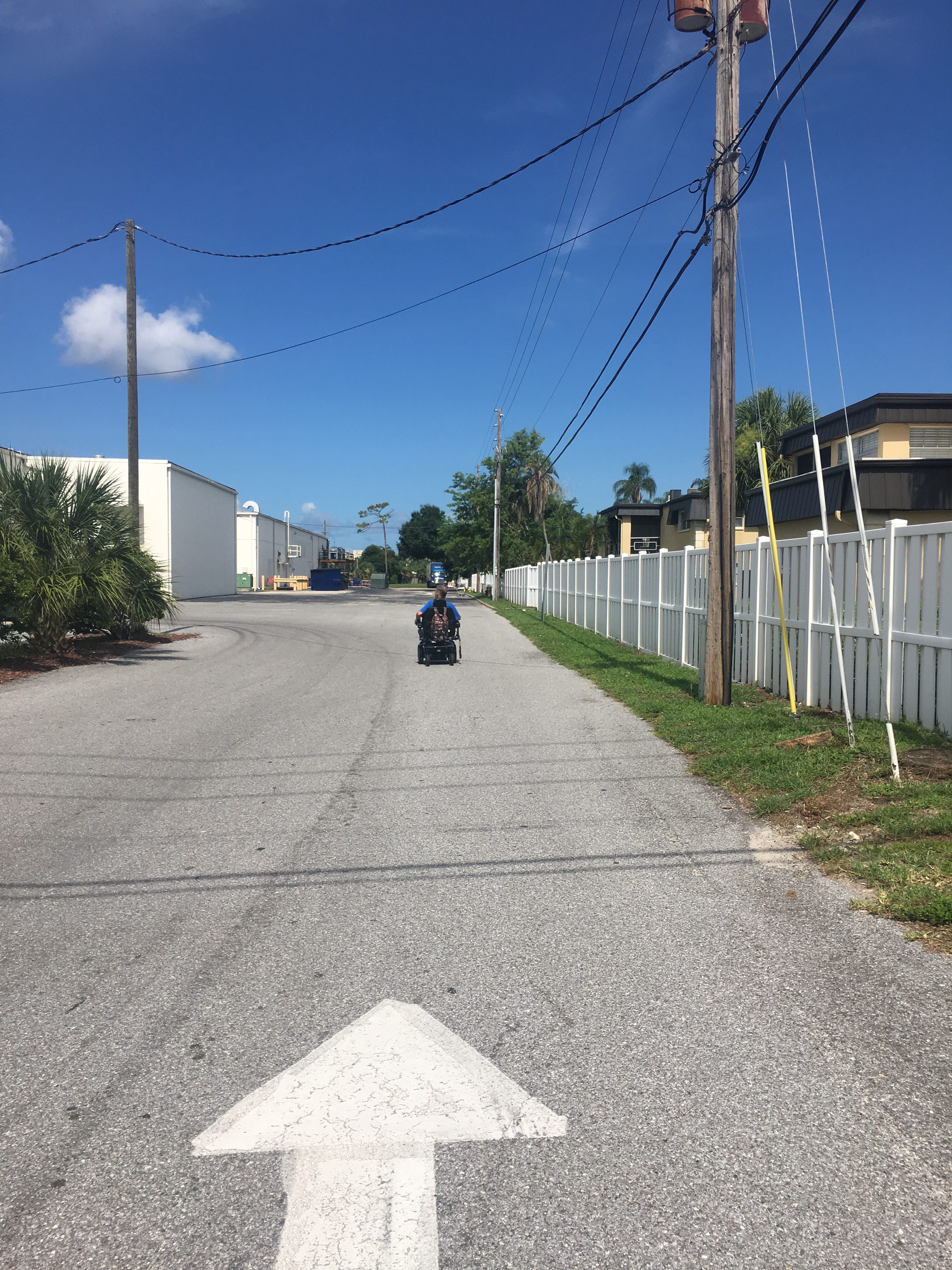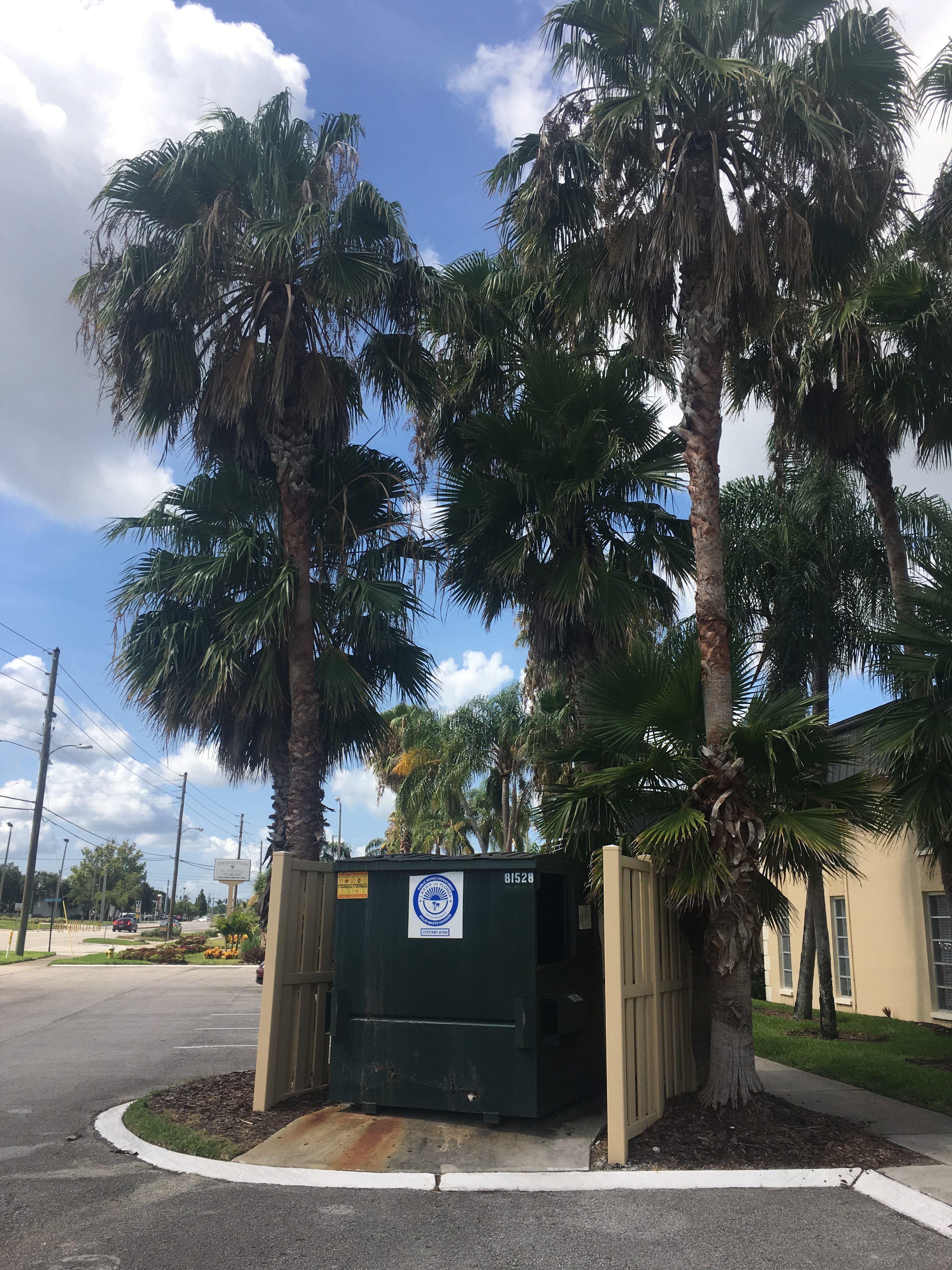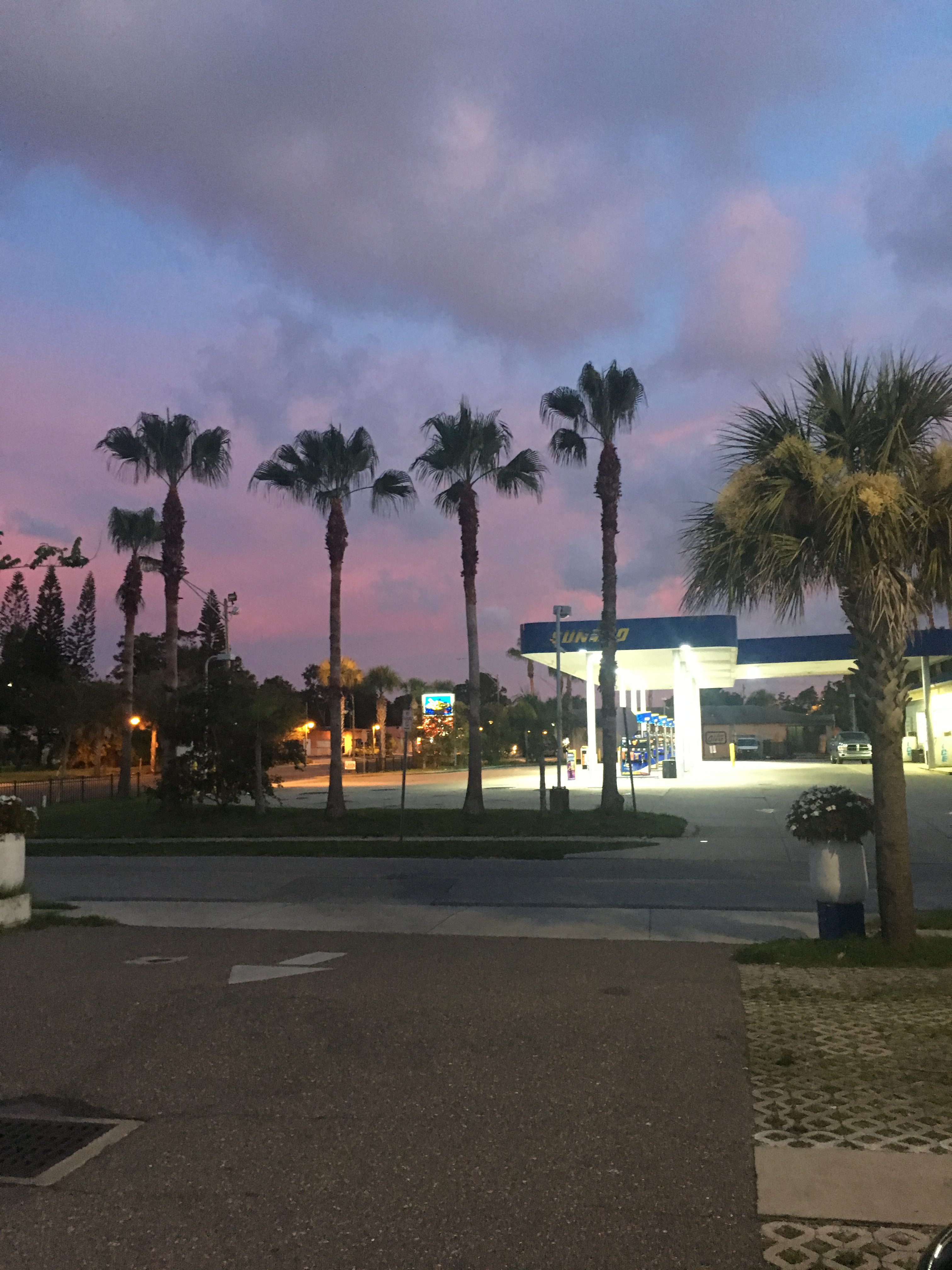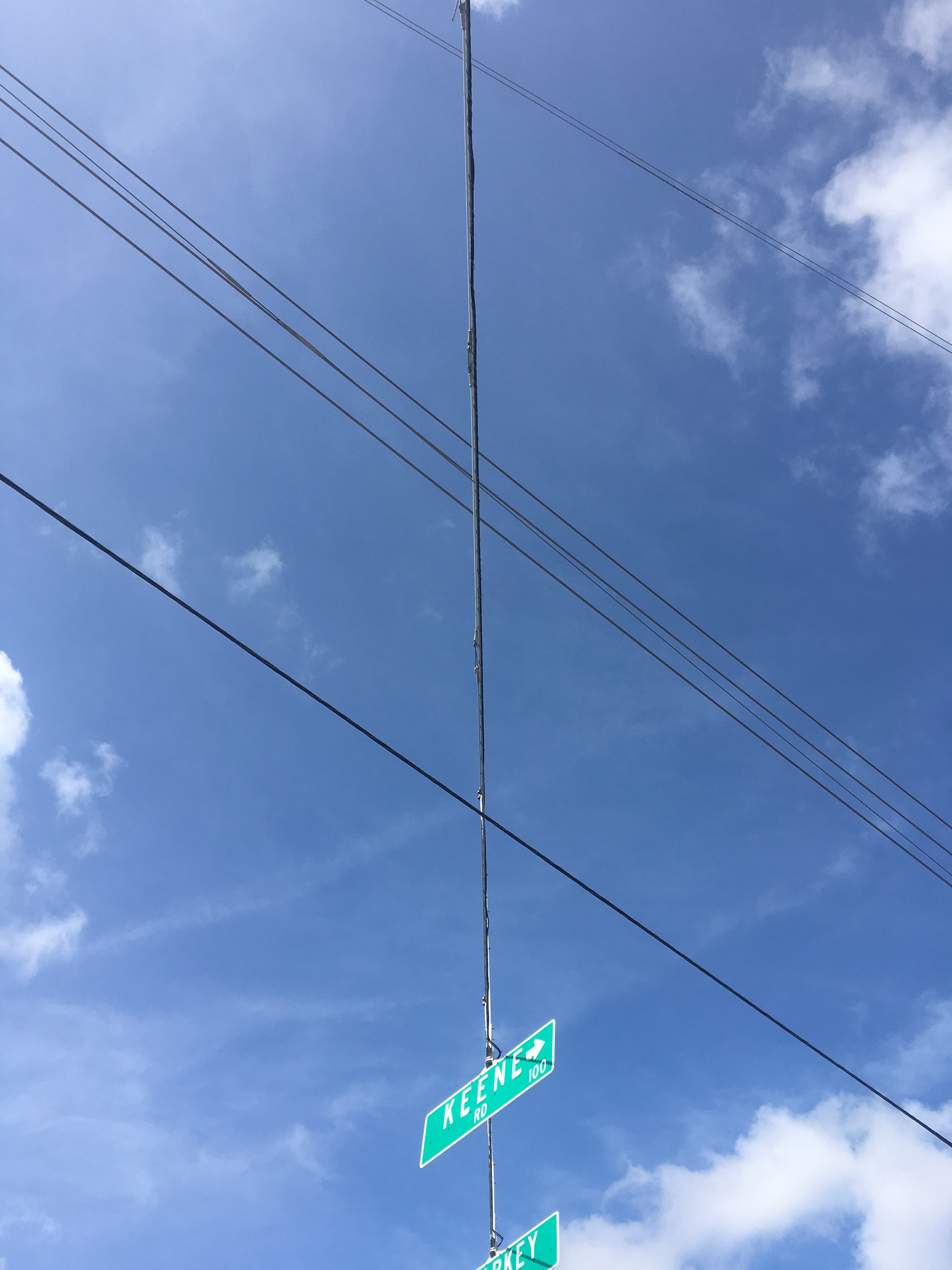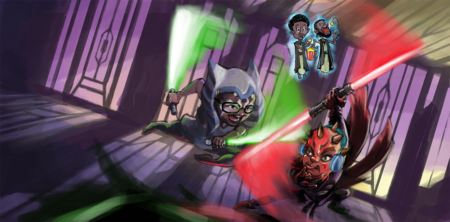I have always lived in dense urban areas, so when I enter new spaces that many people consider mundane (the suburbs, a freeway town, Midwestern industrial cities), I experience them with an exoticized enthusiasm. I project a lot of mystery and romance onto these places: I’ve had transcendent moments watching suburban teens stroll through a mall and I believe Milwaukee, Wisconsin to be a magical city.
Enter Florida, which has unfairly (in my mind) become a national punch line. It’s often criticized by people who have never spent significant time there, and can’t make the distinction between a diverse, global metropolis like Miami and the distinctly Southern (with a capital S) towns of the Panhandle, where a man once told me that contrary to the map, we weren’t in Florida. We were in Southern Alabama.
Florida is not a joke: it’s a kaleidoscopic freak show, where golfers and Cubans and rednecks and old people are unknowingly performing chilling and dramatic Swampland Kabuki. It’s the epilogue of the American experiment and we should all be paying more thoughtful attention.
My grandmother lives in a town in the Tampa Bay Area called Largo. It is an unremarkable, small Floridian city with significant poverty (my Aunt calls it Larghetto). It is special to me, however, because that is where my grandmother lives and over the past ten years, I have watched her pass through the city’s leading industry, which I call the “Elderly Industrial Complex.”
My grandmother is 85, has Alzheimer’s Disease, and her requests are quite reasonable: she would like to drink beer and watch The Cubs. But this photo essay isn’t about my grandmother. It’s about Largo: a sprawling, swampy ghost town where the majority of the population is either elderly or makes a living caring for the elderly.


